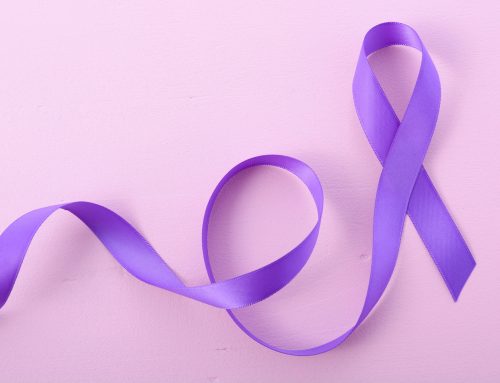
One of the hot topics in nutrition lately is gluten. Gluten-free items are popping up everywhere from your grocery store to restaurants to dedicated gluten-free bakeries. While some people try to stick to a gluten-free diet for purely that – a way to lose weight, others actually need to stick to a gluten-free diet for health reasons like gluten intolerance.
What is Celiac Disease?
Celiac Disease is recognized as an autoimmune condition that causes serious intestinal inflammation when a person ingests gluten. The body’s immune system targets the intestine and causes damage to the villi – small, finger-like projections on the intestines that are responsible for absorbing nutrients. Without properly working villi, the body can’t get the nutrients it needs.
The National Foundation for Celiac Awareness estimates that roughly 1% of the American population has Celiac Disease and more than 2 million people have Celiac Disease but are undiagnosed. This disease is hereditary meaning that there’s a genetic component to it. There’s a 1 in 10 risk of developing Celiac Disease if you have a parent, child or sibling (first-degree relative) that has it.
What’s the difference between gluten sensitivity and Celiac Disease?
It might be hard to tell the difference between non-Celiac gluten sensitivity and Celiac Disease at first, but they are two completely separate issues. Even though both might cause stomachaches and similar symptoms, gluten sensitivity doesn’t cause any intestinal inflammation or long-term damage to the small intestine.
How do you know if you have Celiac Disease?
Some of the symptoms associated with Celiac Disease include:
- Fatigue
- Tingling or numbness of the hands
- Abdominal pain
- Vitamin deficiencies
- Anemia
- Bloating
- Diarrhea
- Vomiting
- Headaches
- Itchy skin rashes
If you’ve been experiencing multiple symptoms, especially after eating, consult with your physician for screening tests. The most common screen is a blood test, called the tTG-IgA test, to see if you have any Celiac Disease antibodies. If the blood test suggests Celiac Disease, then the doctor might order follow up tests for a biopsy or endoscopy to visually examine the small intestines.
What are the treatment options?
Unfortunately, there is no cure for Celiac Disease yet. The only method to help with the symptoms is to stick to a strictly gluten-free diet. As gluten is taken out of your diet, your small intestines can start to recover – but this is a slow process so be patient with your body!
Most people experience nutrient deficiencies before getting diagnosed or switching to a gluten-free diet so it’s very common for people to supplement their diet with calcium, iron, and vitamins (specifically vitamins D, B6, and B12).
Living with Celiac Disease
It’s very common to struggle with adapting to a purely gluten-free diet. It’s equally hard to make sure you’re still eating healthy and getting all your nutrients while maintaining that diet. Many people choose to see a nutritionist for recommendations of what to eat not only for just health reasons, but also for what’s easily digestible and won’t further upset their stomachs.
For more resources on living gluten-free, visit Celiac.org for tips on dining out, recipes, webinars, and even a link to browse gluten-free items through the marketplace.
—
Like what you see? Sign up to join Human Health Project, a community-based, not-for-profit website focused on using peer to peer health support for a healthier you.
—





Leave A Comment
You must be logged in to post a comment.